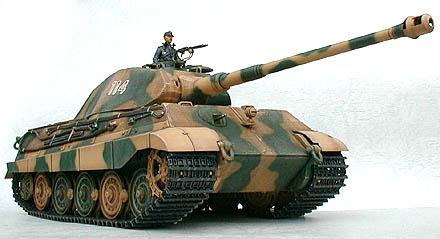Howedar wrote:I really don't want this to devolve into "I'm an engineer and you're not". To prevent such a situation, please address the points that I raise. I'm not talking about the wear of the ground-contact surfaces. I'm talking about the severe mechanical stresses integral to a structure that is heavily vibratory by design. Legs by their nature must pound into the ground quickly and for long durations, thus withstanding many load-unload cycles (leading to metal fatigue) from the weight of the vehicle, compounded by high acceleration of legs that must be heavy themselves.
This poses a not inconsiderable design problem. Consider the internal combustion engine in your car. Consider how much design and manufacture goes into the connecting rods (connecting the pistons to the crankshaft). Now scale them up by three or four orders of magnitude, and take away the guidance of the cylinder walls. For good measure, add another joint or two in the middle, with at least one of them two-degree-of-freedom. Finally, lest we forget, have people shoot at them.
That's what a walker entails.
A tank track of today lasting for typically 1000km between replacements is only equivalent to merely 30 hours of actual operation at about 30km speed, or a different figure at a different speed. Even for your car engine analogy, car engines can run for tens of thousands of hours or more, literally 1000+ times as long.
As Darth Wong implied, shock-absorbers spreading out the mechanical impulse over more than a momentary period of time could moderate the peak acceleration and stresses. Thickly padded feet could help too, although the AT-AT doesn't seem to use such.
Imagine oneself walking. The peak stress on the bones of one's legs doesn't have to be extreme. Admittedly, an AT-AT is certainly much bigger than a person, with a greater ratio of volume and weight to leg dimensions. However, AT-AT legs are still less than 20 meters long. For a reasonable weight, the legs can avoid buckling and experience much less than the working stress of even current metals. You mentioned metal fatigue, but that can be estimated for the number of loading cycles involved. For example, steel can have an endurance limit, a fatigue limit, and it can be fine well below that limit for almost any number of loading cycles. The structural situation is no worse than designing an airplane wing. Actually, airplane wings today are made from aluminum alloys without an endurance limit and have to be designed with a lesser safety factor due to weight constraints.
In the end, there seems no more reason to conclude legs built with modern-day materials would have to fail within 1000km than to incorrectly conclude they would have to fail within 1km. Given that today's tank tracks
do tend to need replacement about every 1000km, apparently making suitable tracks last long is hard.








 "
"